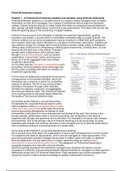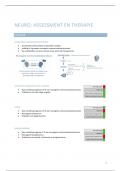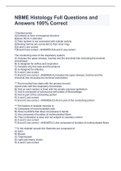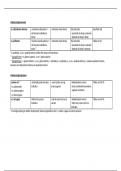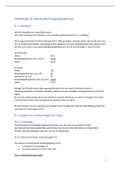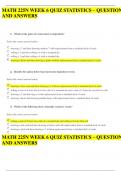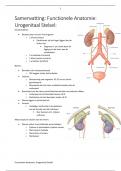Samenvatting
Financial Statement Analysis full course summary
- Instelling
- Rijksuniversiteit Groningen (RuG)
can also be bought directly for €7 Full summary of the course, including detailed explanations and examples covering all course material necessary for exams and assignments.
[Meer zien]
